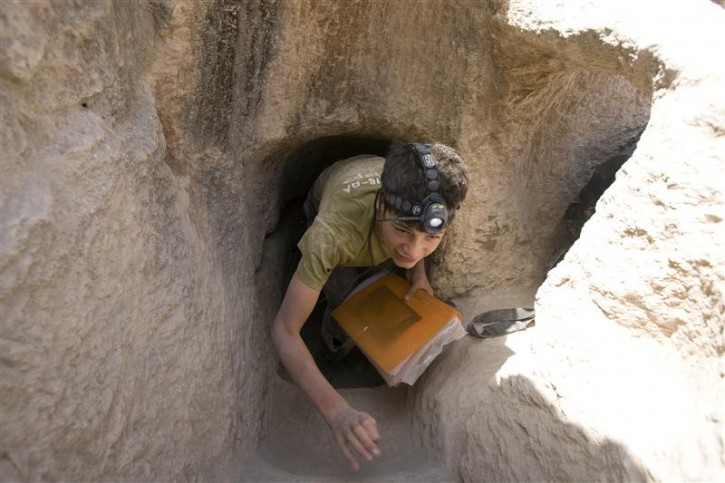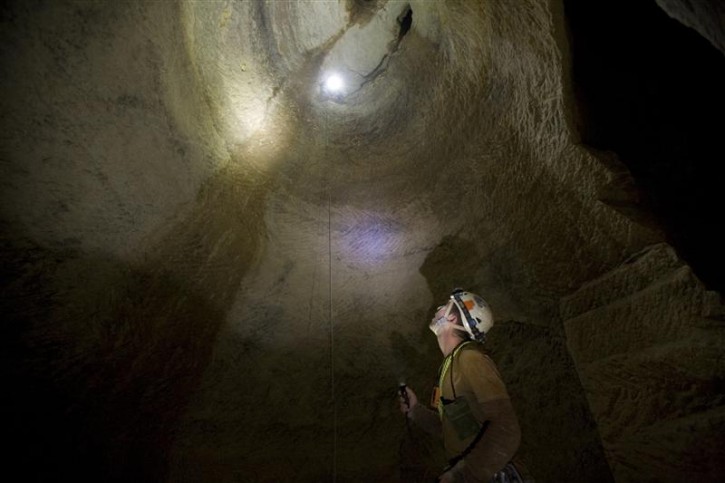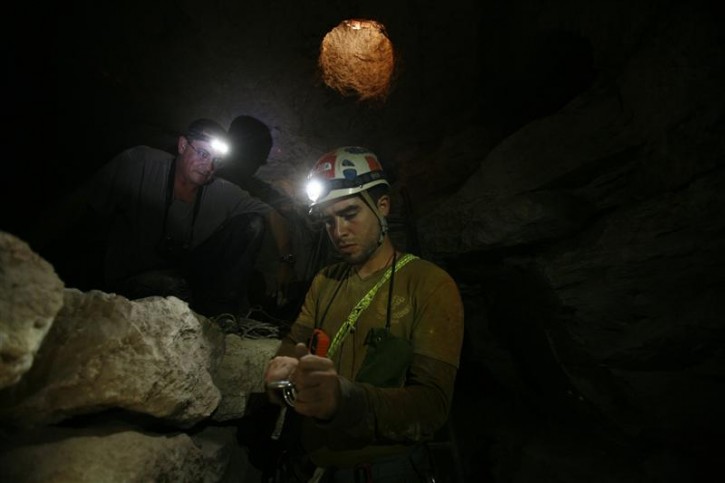 Jerusalem – You’ll need a headlamp, a tight waistline and no fear of the dark in order to enjoy one of the most extreme, yet lesser known, archaeological wonders of the Holy Land.
Jerusalem – You’ll need a headlamp, a tight waistline and no fear of the dark in order to enjoy one of the most extreme, yet lesser known, archaeological wonders of the Holy Land.
Subscribe to our Daily Roundup Email
Still, even with the proper equipment and intestinal fortitude, it is easy to lose your cool when crawling through the expansive ancient tunnel systems dug by Jewish rebels to fight the Roman empire.
The hundreds of hideouts, ranging from just a few metres deep to seemingly unending labyrinths, are popular among Israeli archaeologists and adventurists. But the subterranean mazes, which date back as early as the first century BC, are virtually unknown to foreigners.
Even if you go looking for them, as designed, they are easy to miss.
The systems were often reached through trap doors in Jewish villages, some of which are now archaeological sites, others have been completely destroyed. Today, they may be no more than an indistinct, shoulder-width opening in the ground or hillside.





Obviously the Hamas did not invent tunnels.